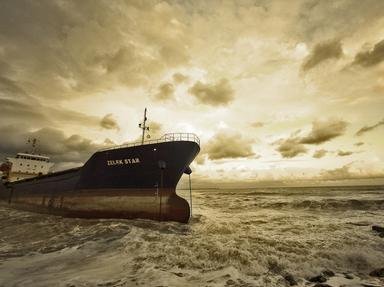Quiz Answer Key and Fun Facts
1. Considered the pride of Sweden in the late 1600's, this massive ship of the line capsized and exploded during an engagement with a combined Danish-Dutch fleet in 1676. What was the vessel's name?
2. Lost near the Galopagos and Marquesas Islands in 1820, this ship would become famous as one of the inspirations for Herman Melville's classic, "Moby Dick."
3. Sailing from Quebec City in the summer of 1914, this CPR (Canadian Pacific Railway) liner would go down in history as one of Canada's greatest marine tragedies. Can you name her?
4. Much like the Lusitania before her, this Dutch liner's sinking in 1916 resulted in a furor between the governments of Germany and The Netherlands. What was it?
5. Sunk by the US Navy in 1944, this Japanese submarine was the focus of an unsuccessful deep water salvage operation in the late 1990's. The submarine was called the ... ?
6. Once owned by the Blue Funnel Line, this passenger vessel turned hospital ship was sunk off Australia's east coast in 1943 with most of her crew and medical staff going down with her. Name the ship.
7. Run aground during a 1968 hurricane, the fate of this ferry became one of the most well known news stories in New Zealand's history. Name her.
8. Named for an assassinated Nazi official, what ship is considered by many historians to be history's worst sea disaster?
9. Despite the passage of over a hundred years, the last resting place of this turn of the century passenger ship has never been located. What is her name?
10. Lost in 1980, what ship holds the record for the largest British registered vessel to have foundered at sea?
Source: Author
FearlessFreep
This quiz was reviewed by FunTrivia editor
bloomsby before going online.
Any errors found in FunTrivia content are routinely corrected through our feedback system.
